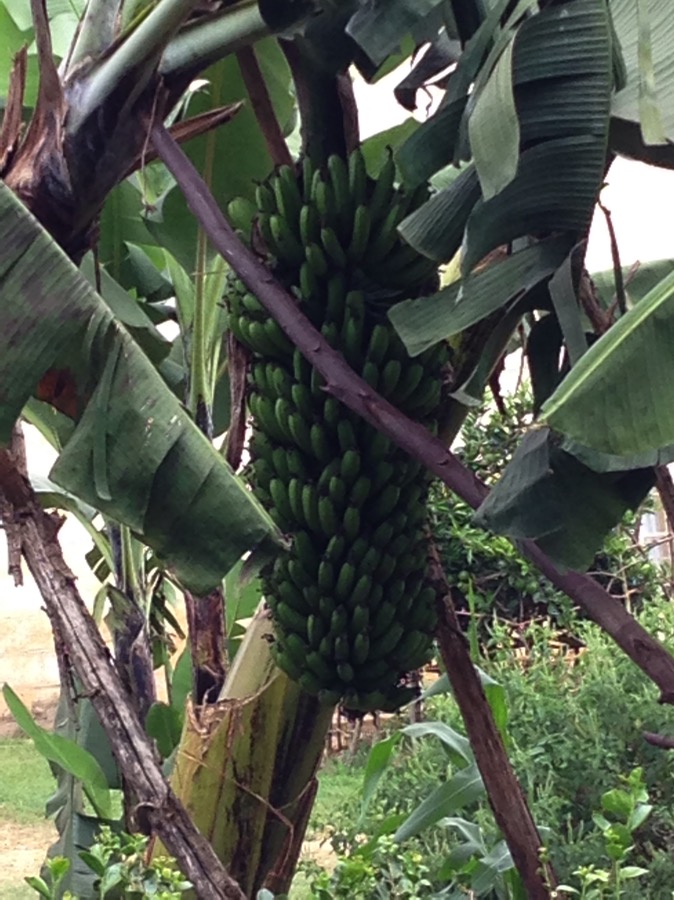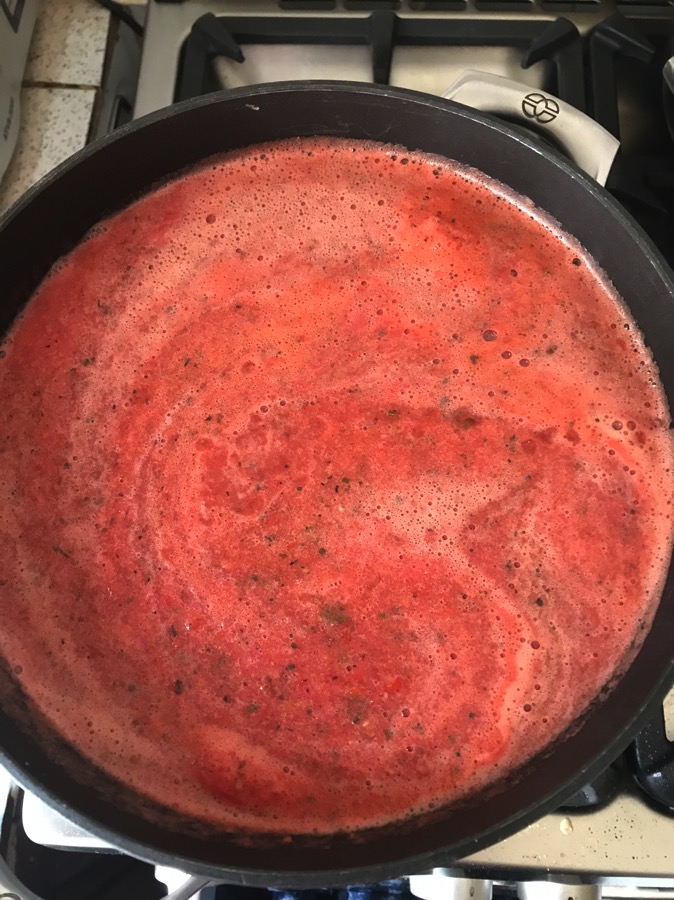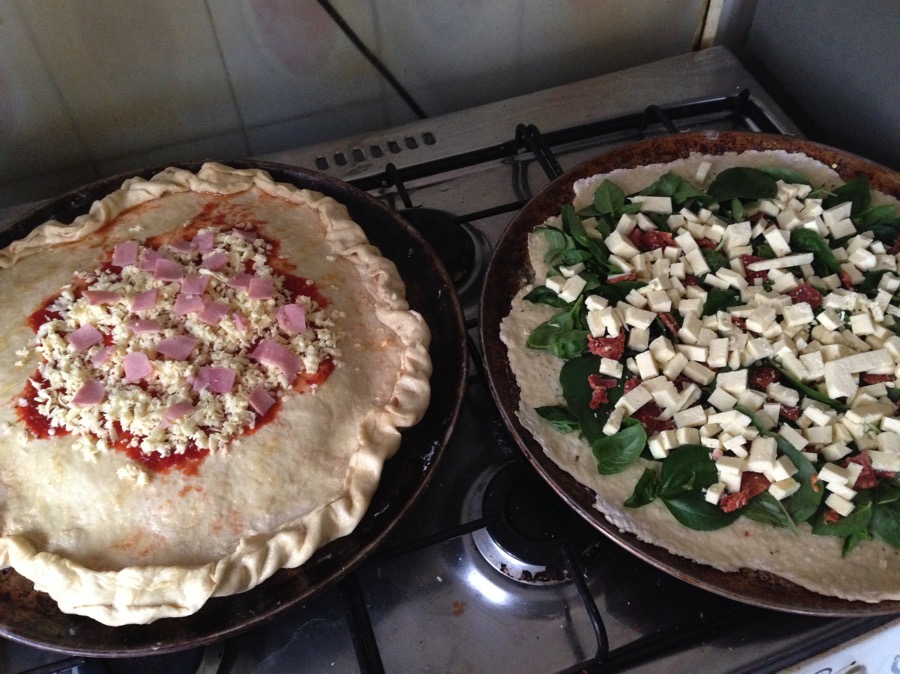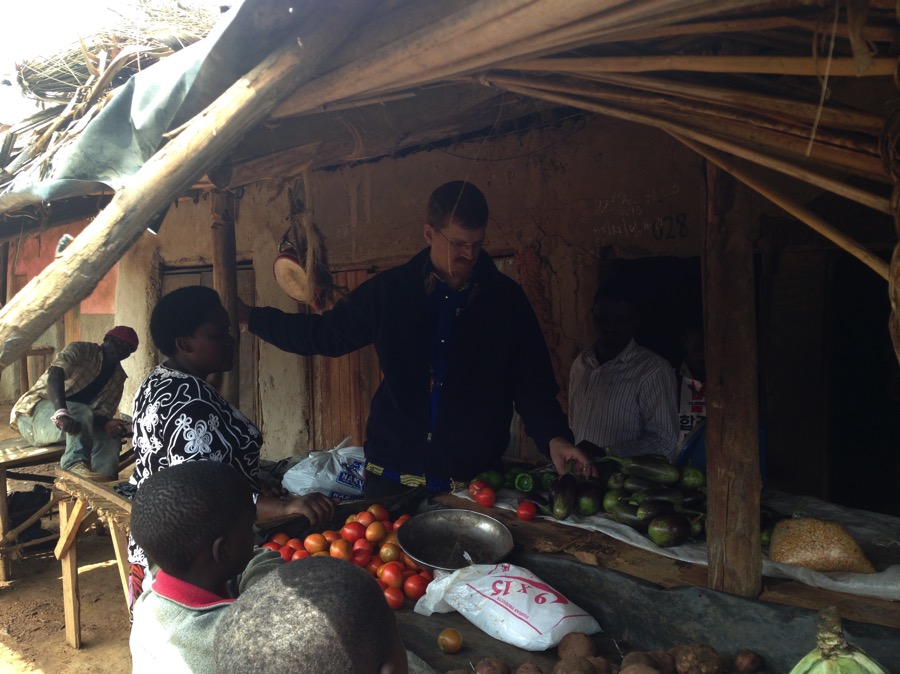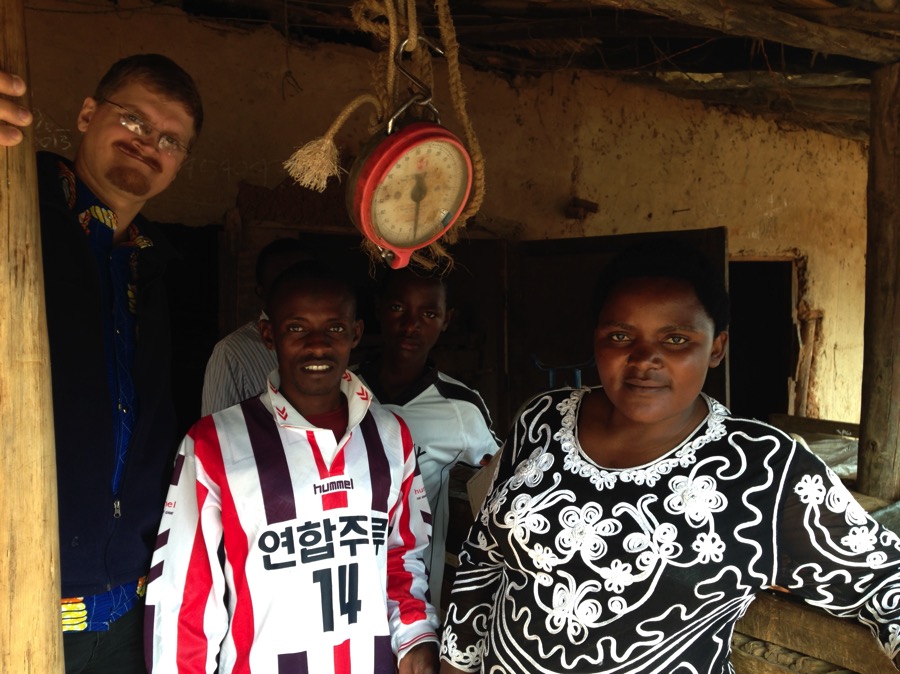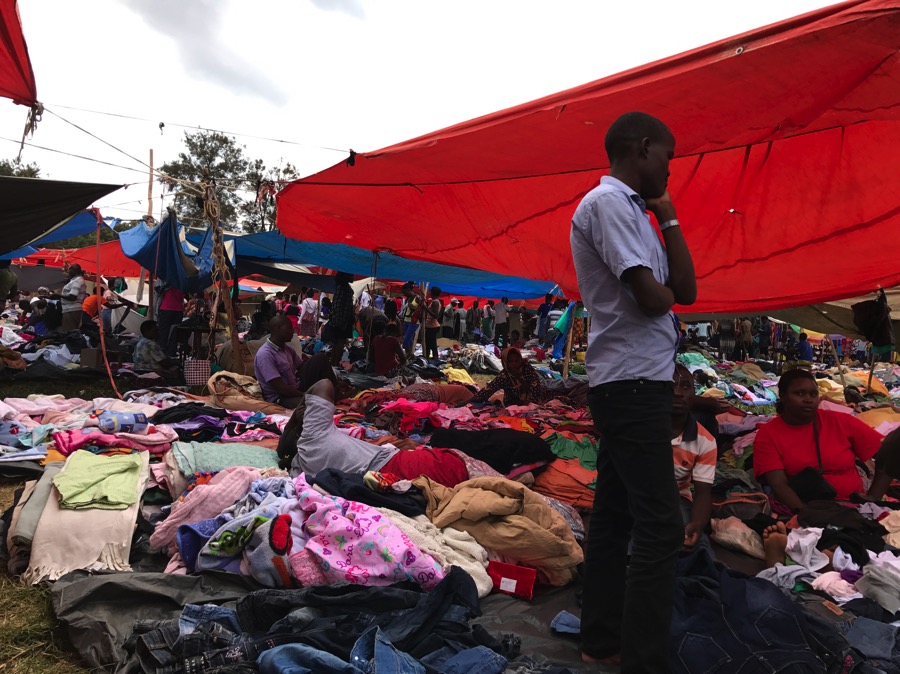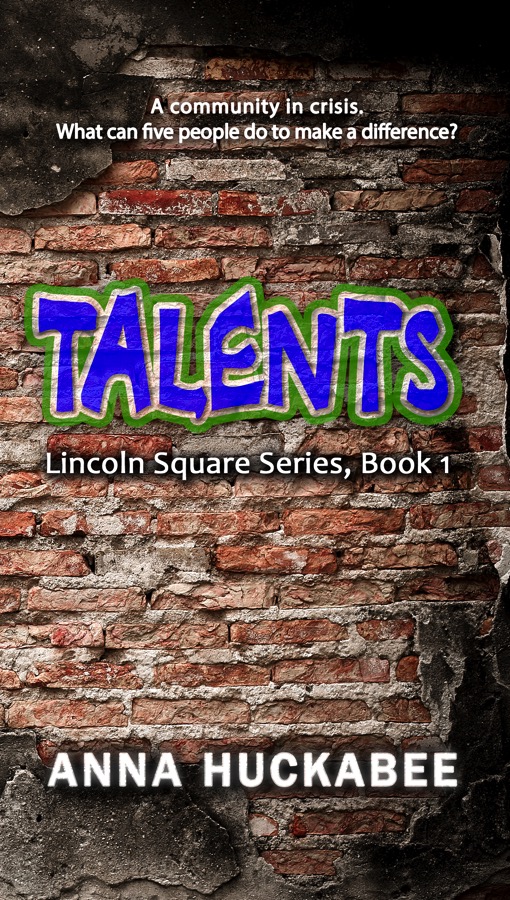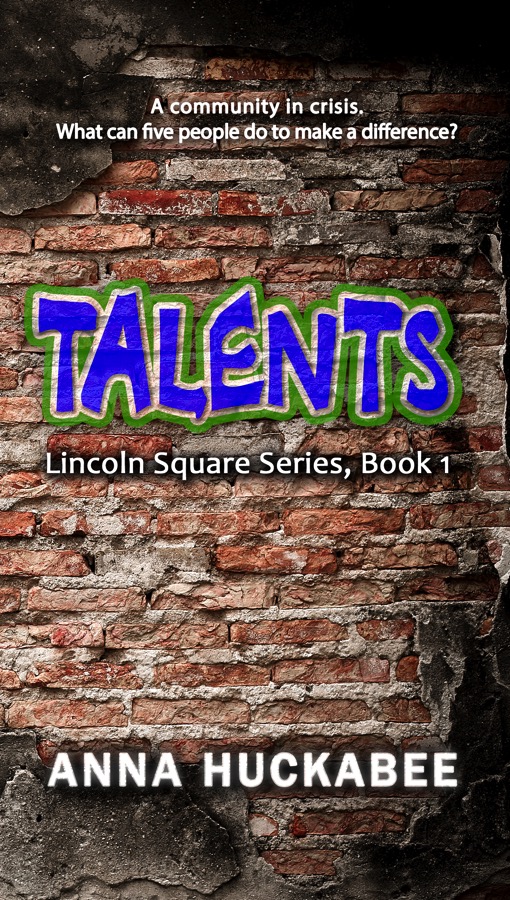Uganda is called “The Pearl of Africa.” It’s always been lush, green, productive, vital. The people of our region of Uganda don’t face issues like drought and famine.
Until recently, that is.
Due to a strong El Nino in the Indian Ocean, the last several rainy seasons have been short or non-existent. We were amazed at how dry everything already was when we arrived back in Uganda at the end of May. May is still in the rainy season but they hadn’t had rain here for a month already. The refugee camp hadn’t had rain since March.

This was the view from Ngarama on Sunday. Granted, the field in the foreground has been dug up in preparation for planting. But it’s still drier than I’ve ever seen it.
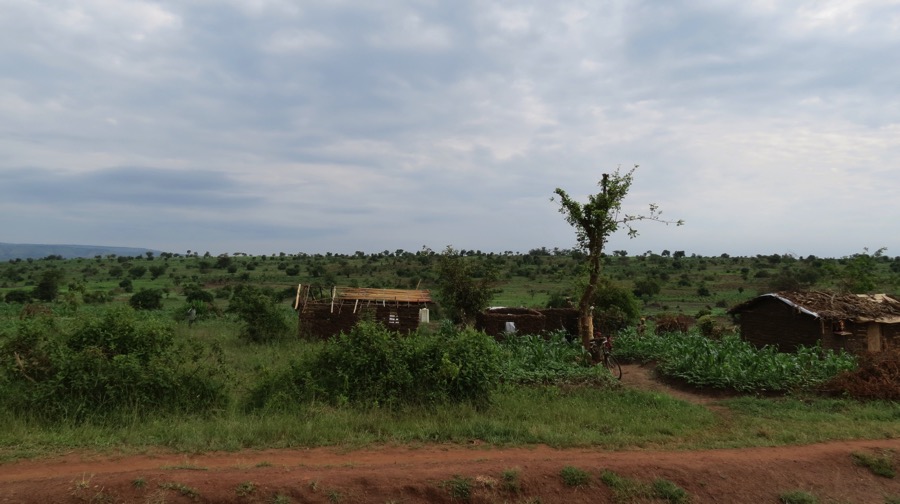
This was the view the same direction about three years ago.
Isingiro District grows many of the bananas for the region. Many of the banana plants have died off in the district from the lack of rain.

Those hills used to be half covered with banana plants. (I tried to find a “before” picture I know we had, but we must have lost it in a hard drive crash a couple years ago. 🙁 )

Then note the dry grass by the statue and on the hill behind the shops.
Food prices have also gone up in the last year. Beans have doubled in price. For a time, posho was 40% higher.
I found the most recent weather forecast for the region online. Though the El Nino has neutralized, they are still expecting lower than normal rainfall for the region through this rainy season, which is the long rainy season and the one in which the region typically gets the most rain.
Would you pray for rain for our area? Meteorologists can’t see into the future. They can’t predict what will happen. God can bring the rain so tens of thousands of people don’t go hungry.



